The Rise of Children's Horror Literature
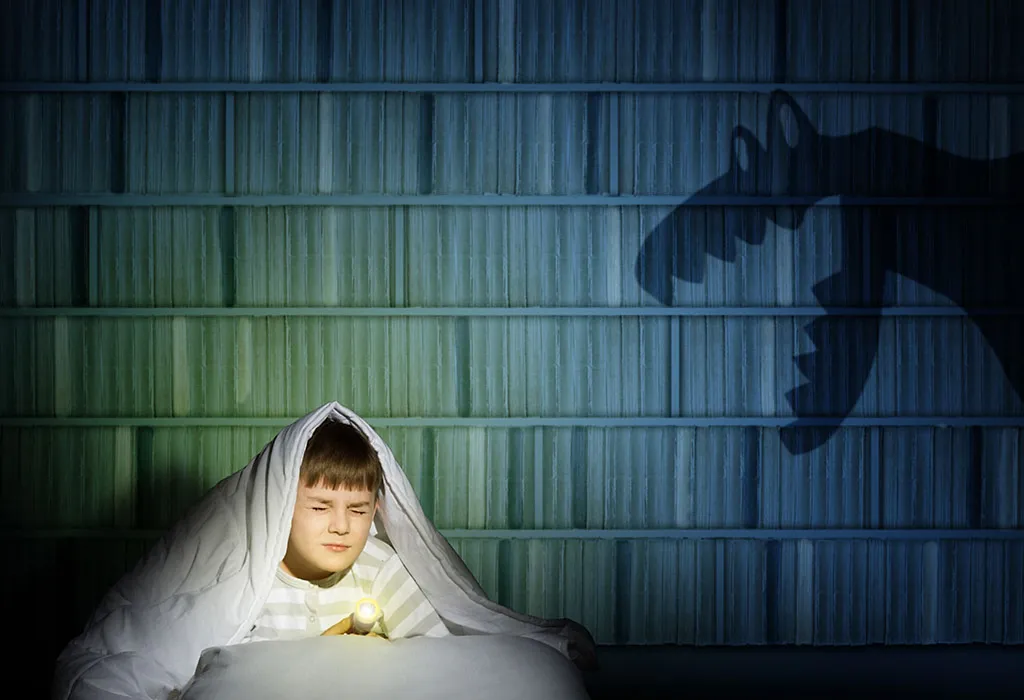
In recent years, the genre of children’s horror literature has experienced a significant surge in popularity. Once limited to the likes of ghost stories told around campfires, children’s horror has now expanded into a diverse array of books that captivate young readers. This rise is partly due to a growing recognition of the genre’s ability to engage children in unique and meaningful ways. From fostering a love of reading to helping kids confront and understand fear, children’s horror books offer much more than just a few chills.
The Appeal of Horror to Young Readers
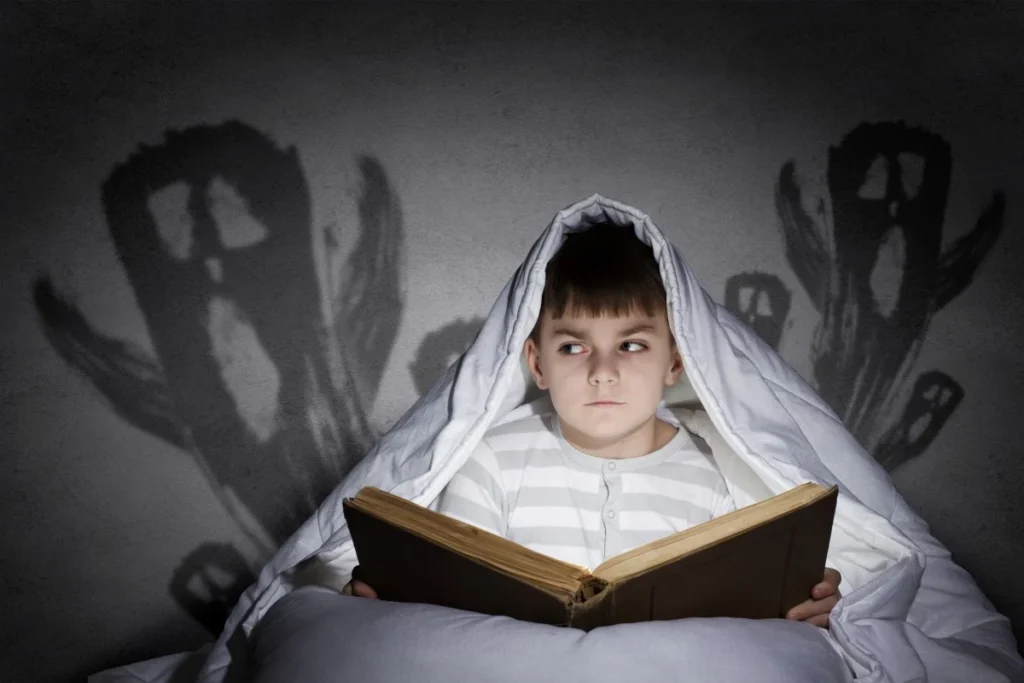
You might wonder why children are drawn to horror stories. The answer lies in the thrill of the unknown and the excitement of adventure that these tales offer. For young readers, horror books are a safe way to explore their fears and anxieties, all from the comfort of their own homes. They offer a controlled environment where children can face scary situations, knowing that they can close the book at any time. This ability to dip in and out of fear provides a sense of control and empowerment.
The Role of Fear in Child Development
Fear is a natural and necessary emotion that plays a crucial role in human development. It helps children learn about danger and how to respond to it. Through horror literature, children can experience fear in a safe and controlled way, which can aid in developing coping mechanisms for real-life fears and anxieties. This controlled exposure helps build resilience and teaches them that fear is a part of life that can be managed and overcome.
Why Read Horror Books with Your Children?
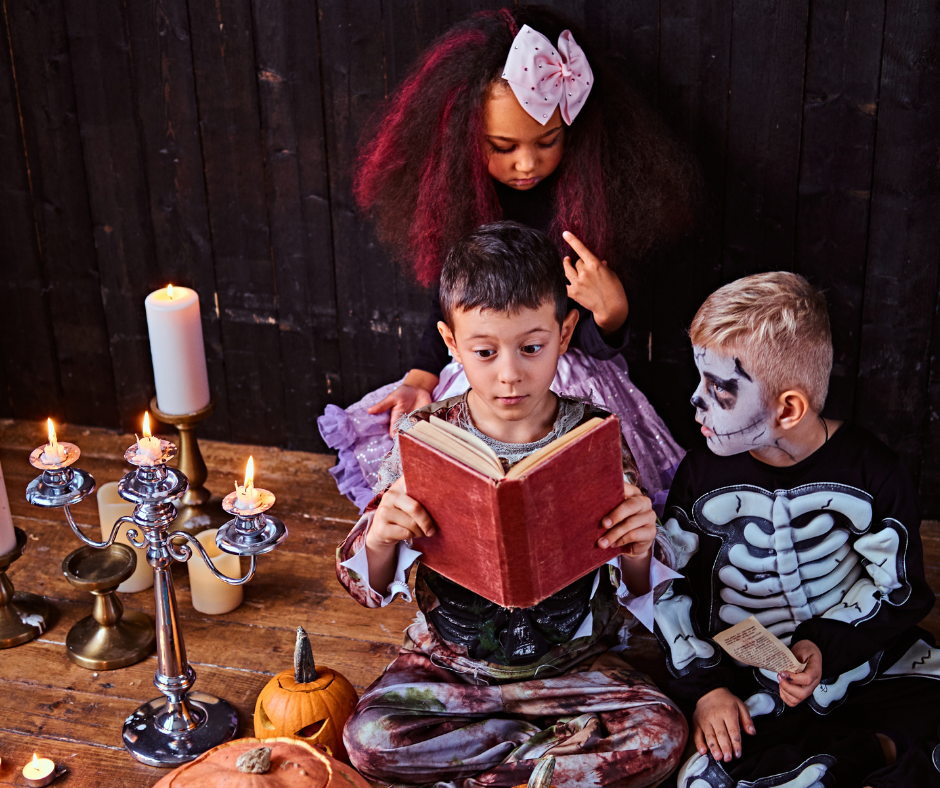
Reading horror books with your children can be a bonding experience. It opens up opportunities for discussions about fear, bravery, and morality. Moreover, it encourages imagination and critical thinking as children learn to differentiate between reality and fiction. Engaging in these stories together can help your child feel supported and understood, reducing the likelihood of them feeling isolated in their fears.
Choosing Age-Appropriate Horror Books
It’s essential to select horror books that are appropriate for your child’s age and sensitivity level. Younger children may enjoy spooky stories with a lighter touch, while older kids might prefer more intense, thrilling tales. Consider the themes, language, and imagery of the books to ensure they align with your child’s maturity. Look for recommendations and reviews that highlight the suitability of content for various age groups.
Classic Children's Horror Books
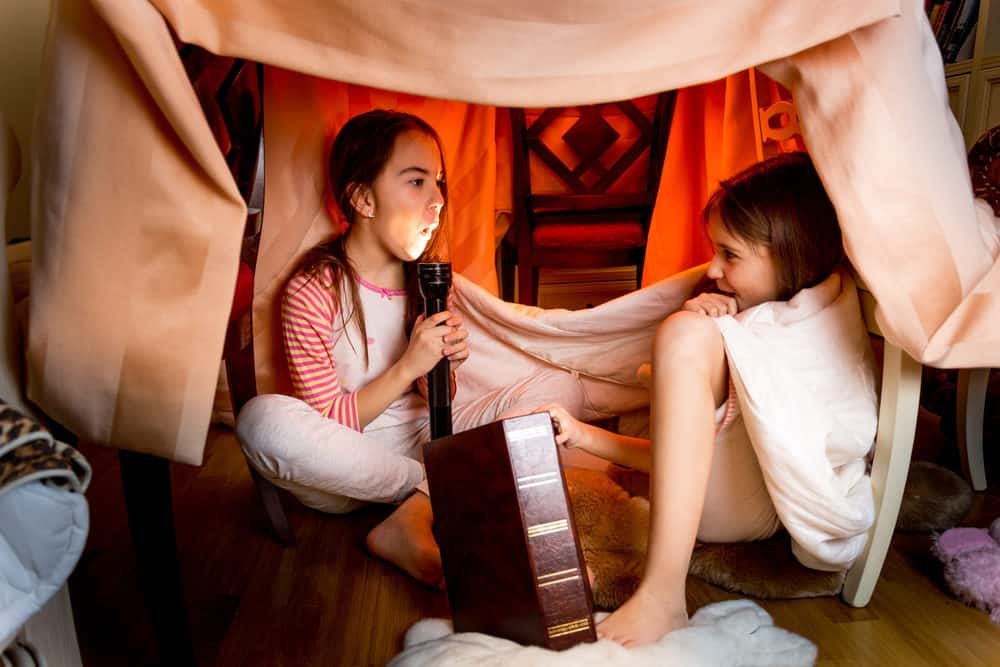
Timeless Tales of Terror
Classic children’s horror books have stood the test of time, captivating generations with their spooky narratives and memorable characters. These books often incorporate folklore and traditional ghost stories, providing a sense of nostalgia and timeless fear. They serve as a gateway to the horror genre, introducing young readers to the thrills and chills that come with a good scare.
The Importance of Classic Horror in Children's Literature
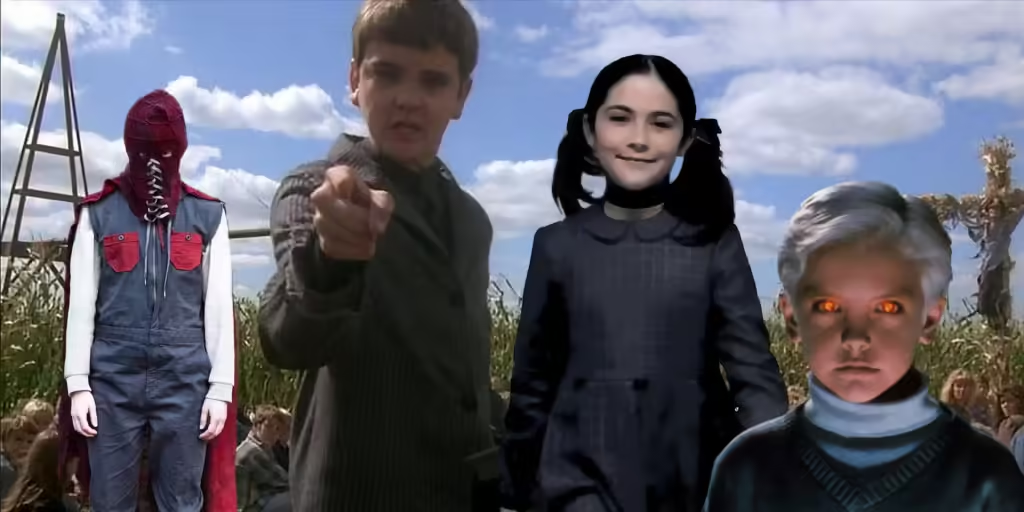
Classic horror books play an important role in children’s literature by establishing foundational themes and archetypes. They introduce young readers to the genre’s conventions, such as haunted houses, ghosts, and supernatural occurrences. These stories often carry moral lessons and can spark an interest in literature and storytelling that lasts a lifetime.
Recommended Classics
Scary Stories to Tell in the Dark by Alvin Schwartz
A collection of spooky folktales and urban legends, “Scary Stories to Tell in the Dark” is a staple of children’s horror. The stories are accompanied by Stephen Gammell’s haunting illustrations, which have both fascinated and frightened young readers for decades. The book’s blend of traditional folklore and modern horror elements makes it a perfect introduction to the genre.
Goosebumps Series by R.L. Stine
R.L. Stine’s “Goosebumps” series has been a favorite among children since the 1990s. Each book presents a standalone story filled with twists, turns, and plenty of scares. The series’ approachable length and engaging plots make them ideal for young readers who are new to horror. Stine’s ability to balance fear with humor ensures that the books are spooky but not overwhelming.
Coraline by Neil Gaiman
“Coraline” is a modern classic that tells the story of a young girl who discovers an eerie, parallel world in her new home. Neil Gaiman’s storytelling is both enchanting and unsettling, weaving a tale that explores themes of bravery and self-discovery. The book’s dark, whimsical atmosphere and intriguing plot have captivated readers of all ages.
The Witches by Roald Dahl
Roald Dahl’s “The Witches” is a thrilling and humorous tale of a boy’s encounter with a coven of child-hating witches. The book’s blend of fantasy and horror, along with Dahl’s signature wit, makes it a timeless favorite. It teaches young readers about courage and cleverness, all while delivering a delightful dose of fright.
Modern Children's Horror Books

Emergence of New Voices in Horror
The landscape of children’s horror literature has evolved to include diverse voices and perspectives, bringing fresh and innovative stories to the genre. Modern horror books often tackle contemporary issues and introduce new types of monsters and scenarios that resonate with today’s young readers. This evolution reflects a broader trend in children’s literature towards inclusivity and relevance.
Contemporary Themes in Children’s Horror
Modern children’s horror books explore themes such as friendship, family, identity, and resilience. They often address real-life fears like bullying, loss, and change, using horror elements to metaphorically represent these issues. This approach helps children process their emotions and navigate the complexities of their lives through the lens of fiction.
Horror Books for Middle Grade Readers (Ages 8-12)
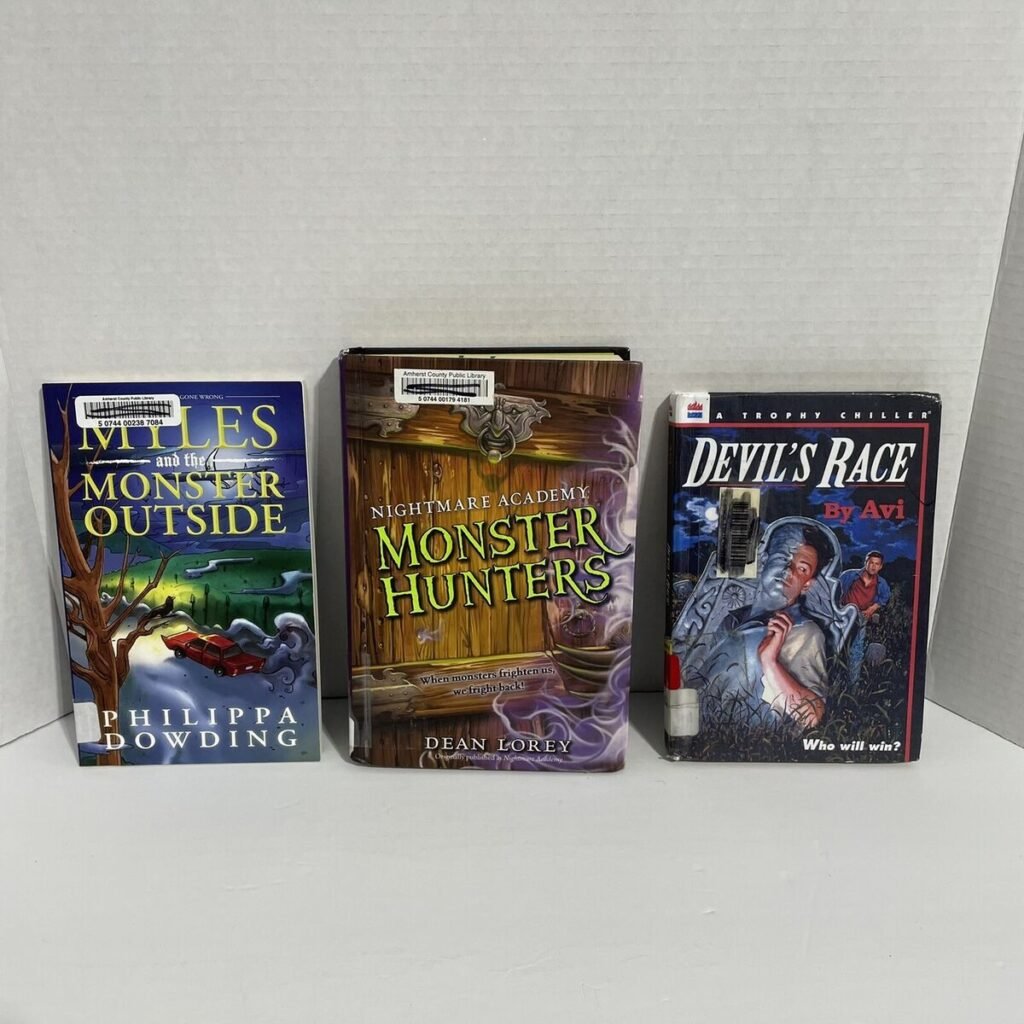
Engaging Young Readers with Spine-Tingling Tales
Middle grade horror books are designed to captivate and thrill young readers while introducing more complex themes and characters. These books often feature relatable protagonists and engaging plots that keep readers on the edge of their seats. The scares are more pronounced than in books for younger children, but they are still appropriate for the age group.
Themes and Complexity for Middle Grade Horror
Middle grade horror books often explore themes such as friendship, loyalty, and personal growth. They may delve into more serious topics like loss, identity, and facing one’s fears. The complexity of the plots and characters helps young readers develop empathy and critical thinking skills while enjoying an exciting story.
Recommended Books for Middle Grade Readers

The Jumbies by Tracey Baptiste
Inspired by Caribbean folklore, “The Jumbies” tells the story of a young girl who must protect her island from malevolent spirits. Tracey Baptiste’s vivid storytelling and richly drawn characters bring the story to life, making it both exciting and educational. The book’s cultural roots and thrilling plot make it a standout in middle grade horror.
Spirit Hunters by Ellen Oh
“Spirit Hunters” is a chilling tale about a girl who moves into a haunted house and discovers her own ghost-hunting abilities. Ellen Oh’s story combines elements of horror and mystery, creating a gripping narrative that explores themes of family and courage. The book’s suspenseful plot and relatable protagonist make it a great choice for middle grade readers.
The Cavendish Home for Boys and Girls by Claire Legrand
Claire Legrand’s “The Cavendish Home for Boys and Girls” is a dark, eerie story about a girl who uncovers sinister secrets at a mysterious orphanage. The book’s Gothic atmosphere and intriguing mystery will keep readers hooked from start to finish. Its exploration of friendship and bravery makes it a compelling read for young horror fans.
Exploring More Mature Themes in Teen Horror
Teen horror books often tackle more mature themes and feature more intense scares than books for younger readers. They explore issues such as identity, relationships, and personal challenges, using horror elements to delve into deeper emotional and psychological territories. These books provide a thrilling way for teens to explore complex issues and emotions.
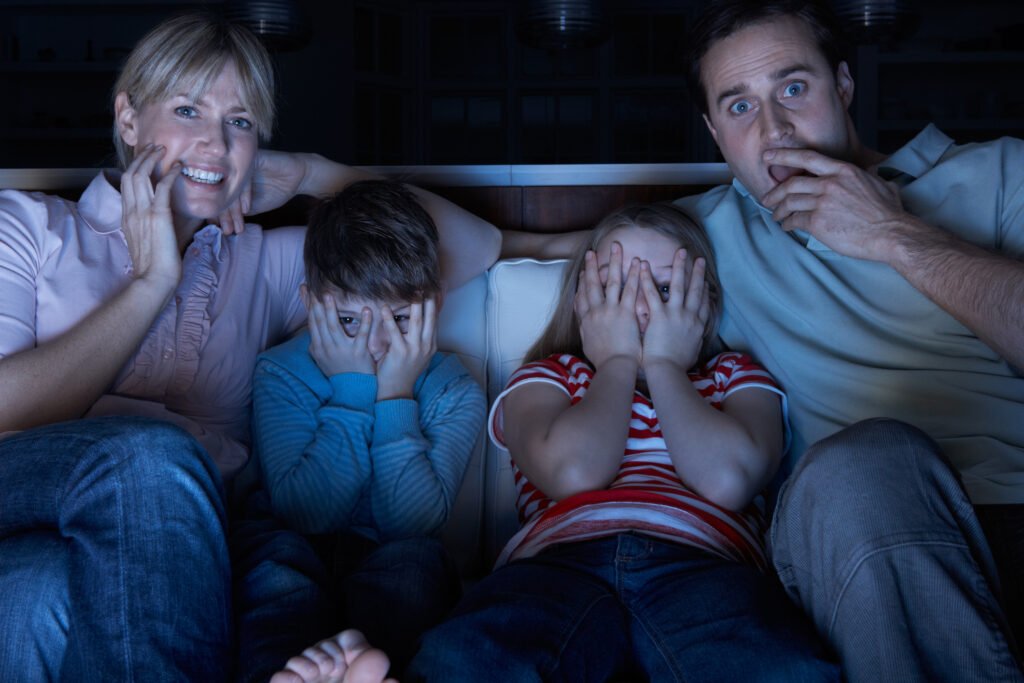
Balancing Fear and Fun in Teen Horror
While teen horror books can be quite intense, they also balance fear with elements of adventure, mystery, and humor. This balance helps keep the stories engaging and enjoyable, preventing them from becoming too overwhelming. The best teen horror books are those that can scare and entertain in equal measure.
Recommended Books for Teens
Anna Dressed in Blood by Kendare Blake
“Anna Dressed in Blood” is a gripping tale of a ghost-hunting teen who encounters a vengeful spirit. Kendare Blake’s story combines elements of horror, romance, and mystery, creating a compelling narrative that is both frightening and engaging. The book’s well-developed characters and suspenseful plot make it a must-read for teen horror fans.
Conclusion
Summary of the Importance of Children's Horror
Children’s horror books are not just about scars; they play an important role in child development. These books help children explore their fears in a safe and controlled way, fostering resilience, creativity, and a love for reading. They provide valuable lessons and opportunities for growth, making them a worthwhile addition to any child’s reading list.
Encouragement to Explore Horror Literature
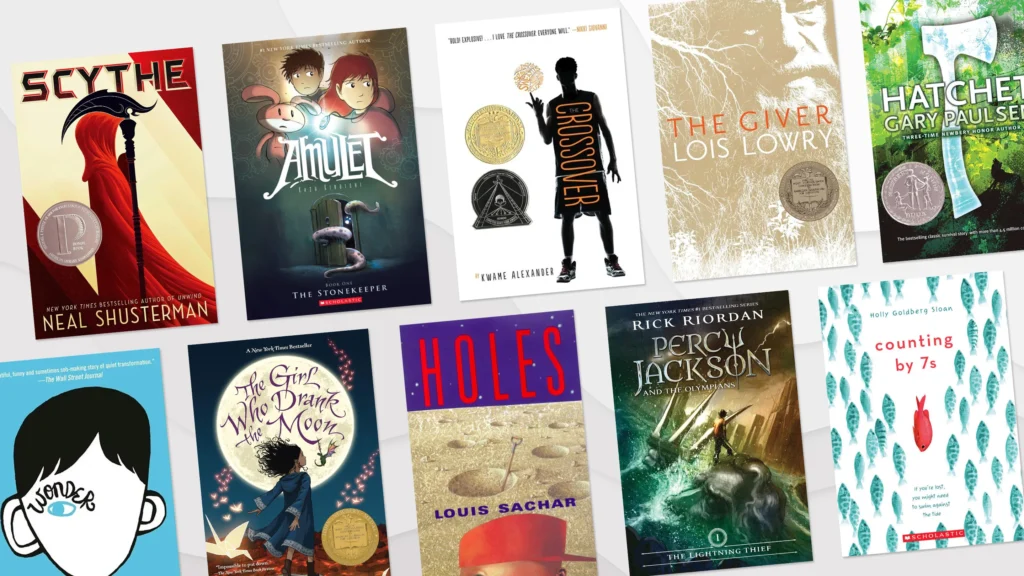
If you haven’t yet introduced your child to the world of horror literature, now is a great time to start. With so many fantastic books available, there’s sure to be something that captures their interest and imagination. Encourage them to explore different stories and find their favorites.
Frequently Asked Questions
The appropriate age for children’s horror books varies, but generally, children can start with mild, whimsical horror around age 4-7. More complex and intense horror books are suitable for middle grade readers aged 8-12, and teen horror can be introduced around age 13 and up.
Consider your child’s sensitivity to fear and their ability to handle suspense. Read reviews and summaries to gauge the content’s intensity. If your child enjoys spooky stories and doesn’t seem overly frightened, they may be ready for a scarier book.
Yes, horror books can be beneficial for children. They help kids develop coping mechanisms for fear, encourage creativity and critical thinking, and provide a safe space to explore complex emotions and scenarios.
If your child gets too scared, reassure them that they are safe and encourage them to talk about their fears. Consider stopping the book and discussing the story to help them process their emotions. Establish a calming bedtime routine to ease any lingering anxiety.
Horror books can aid in a child’s development by helping them face and manage their fears, fostering creativity, and building resilience. They also encourage reading and critical thinking skills, making them a valuable addition to a child’s literary experience.
